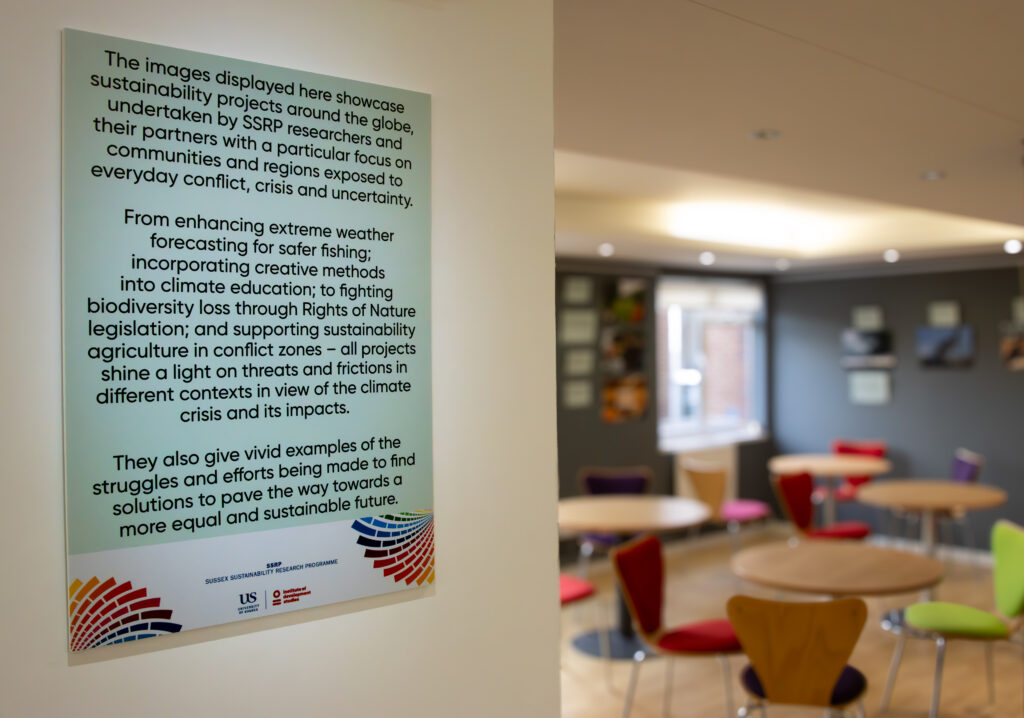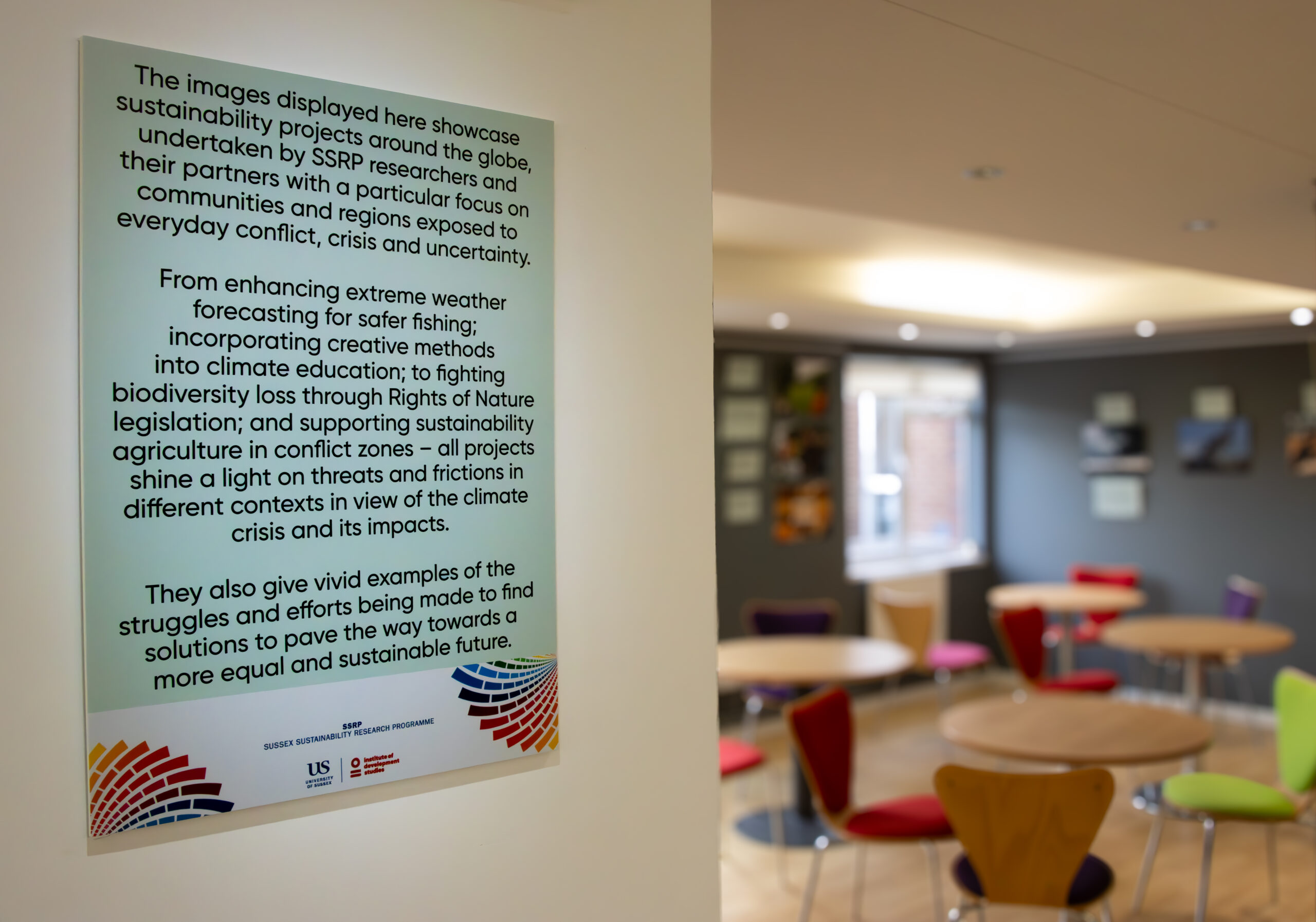The media has loved pitting conservation and agriculture against each other, each side seemingly having conflicting interests and competition for land. The polarisation on topics surrounding nature and food often feeds into the wider “blame game”, where passionate stakeholders from both sides accuse the other of reduced biodiversity or food production. The question of how to maximise profits to sustain livelihood while maintaining sustainable use of resources has become more pressing than ever.
Though these changes present challenges to combating food security issues, many researchers and farmers are engaging in a constant balancing act, utilising sustainable practices that benefit both humans and biodiversity. The Sussex Sustainability Research Program (SSRP) has supported many such projects, hoping to use an interdisciplinary approach to achieving the Sustainable Development Goals (SDGs). One such project under the program focuses on examining ways to achieve both “Zero Hunger” (SDG 2) and “Life on Land” (SDG 15) simultaneously along the South Coast of Sussex through rewilding and community agriculture.
Leading the project is principal investigator Dr. Chris Sandom, an expert in rewilding and ecological restoration. He emphasises that the point of rewilding is to let nature take its course as much as possible and encourage diversity. This differs from traditional approaches to conservation, which often prioritise saving specific endangered species and habitats. He believes that nature is highly dynamic and requires diverse approaches to conserve it, so both traditional and rewilding approaches to conservation go hand in hand. “Traditional conservation can be seen as the emergency services, while rewilding is the aftercare, making sure the wider environment is supportive to all of nature. Both approaches are vital.”

This sounds promising for the wildlife side of things. However, how can biodiversity and agriculture co-exist and mutually benefit each other when there is a finite amount of space? “You’re not going to feed everyone if you’re rewilding everywhere. Similarly, you’re not going to feed anyone if you’ve got a complete collapse of nature everywhere.” says Sandom. He agrees that some sites such as Knepp Estate in West Sussex, which is famous for its rewilding success, are producing less food now compared to past large-scale intensive farming. However, rewilding is important in sustaining a farmable landscape in the long run, providing essential ecosystem services such as pollination, minimising floods, and mitigating climate change. While maximising profits and crop produce sounds like the quickest way to solve the global food security crisis, traditional agricultural practices such as homogenisation of crop species and clearing large areas of land do come at the serious cost of losing a stable, healthy environment for all that inhabit the planet.
This is not to say that food production cannot be intensive and has to be completely ruled out. While one particular site can encompass both food production and nature conservation, Dr. Sandom suggests that a more large-scale balancing act can also be achieved where different sites balance each other out. “Another way to look at it is one site could do food production intensively, while another site could do nature conservation intensively, while others take a mixed approach often called agro-ecological or regenerative farming” he says. It is hard to say that there is a one-size-fits-all solution to these complex issues and it is unlikely there will be one single land use that is perfectly balanced and benefits both humans and nature equally. Rather, his research indicates that there needs to be a diversification of what we do in conservation.
Dr. Sandom has found that no two rewilded sites in their study are the same in terms of the large herbivore species assemblage and the density of animals in a given space. This shows that rewilding is largely dependent on the context and specific conditions of the site. Thus, Sandom and his team have engaged with different involved stakeholders to understand specific needs, and come up with tailor-made solutions. More about his research as well as other projects under the SSRP can be found in an audio-visual exhibition at the Institute of Development Studies here at the University of Sussex, which will be showcased until March 2024.

